Standing in the condiment aisle trying to decipher mustard labels? You're not alone. This guide delivers definitive clarity for home cooks, meal-prep enthusiasts, and culinary hobbyists seeking to master mustard selection. We cut through the confusion with actionable insights you won't find in generic comparisons, revealing how microscopic texture differences transform flavor chemistry in your dishes.
Table of Contents
- What Is Stone Ground Mustard?
- What Is Dijon Mustard?
- Key Differences Between Stone Ground & Dijon Mustard
- Visual Comparison Table
- When to Use Each Type
- Substituting in a Pinch — Can You Swap Them?
- The Flavor Science You're Missing
- Pro Tips from Spice Lovers
- Frequently Asked Questions
- Conclusion
What Is Stone Ground Mustard?
Stone ground mustard uses traditional stone mills to partially crush seeds, preserving visible fragments that create its signature rustic texture. This method retains more seed husk compounds, yielding earthier notes with slower flavor release. Modern versions often substitute mechanical grinders but maintain the coarse consistency through controlled crushing.
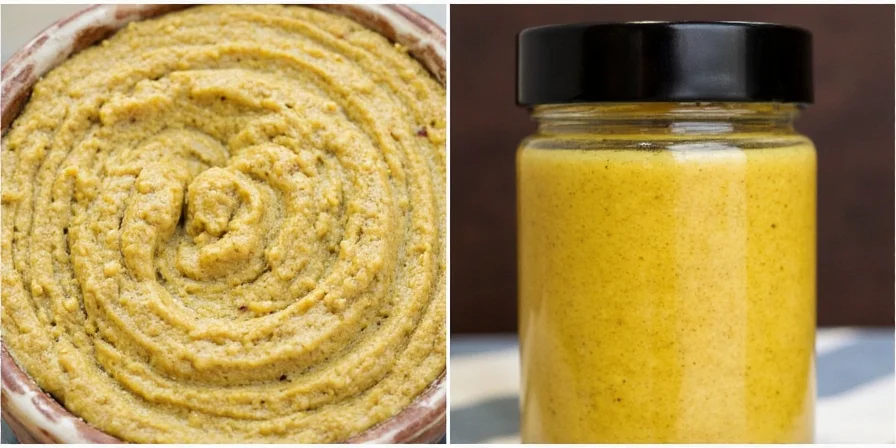
Basic formulations combine vinegar, salt, and water, while artisanal varieties may incorporate honey, wine, or smoked spices. The suspended seed particles provide textural contrast absent in smoother mustards.
What Is Dijon Mustard?
Dijon mustard originated in Burgundy, France, using brown or black seeds processed into a completely smooth emulsion. Authentic versions historically used verjuice (unripe grape juice), though modern producers typically substitute white wine or vinegar. The complete seed pulverization creates immediate, sharp heat through rapid enzyme activation.
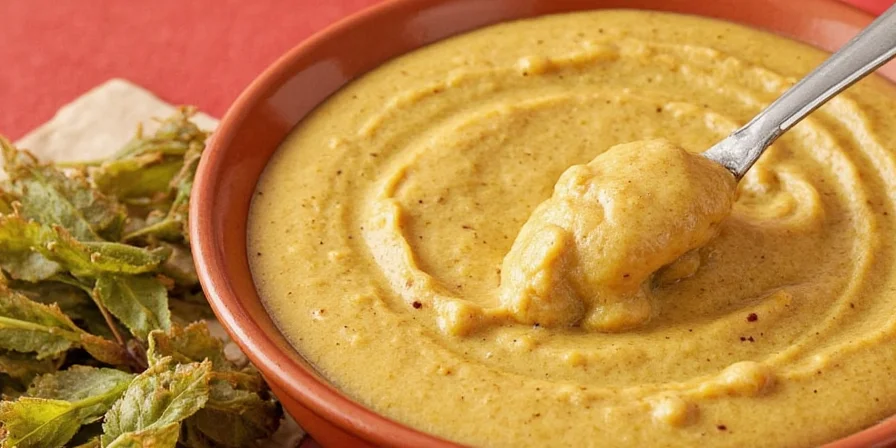
This seamless integration makes it ideal for sauces requiring uniform consistency. Its flavor profile features bright acidity with peppery notes that intensify when heated, distinguishing it from milder yellow mustards.
Key Differences Between Stone Ground & Dijon Mustard
Understanding these distinctions prevents recipe disasters and unlocks intentional flavor design:
- Texture Mechanics: Stone ground's seed fragments create physical resistance that slows flavor diffusion; Dijon's homogeneity ensures instant, even distribution.
- Flavor Evolution: Stone ground develops complexity over time as enzymes gradually activate; Dijon delivers immediate peak pungency.
- Heat Interaction: Stone ground maintains stability during prolonged cooking; Dijon's volatile compounds dissipate faster when heated.
- Visual Integration: Stone ground provides intentional texture contrast; Dijon disappears seamlessly into emulsions.
- Regional Authenticity: Only mustard produced near Dijon can legally bear the name in the EU, while stone ground refers strictly to preparation method.
Visual Comparison Table
| Feature | Stone Ground Mustard | Dijon Mustard |
|---|---|---|
| Texture Mechanics | Coarse particles create gradual flavor release | Smooth emulsion delivers instant heat |
| Flavor Evolution | Complexity develops over hours | Peak pungency immediately |
| Cooking Stability | Maintains integrity in long simmers | Volatiles diminish with prolonged heat |
| Ingredient Flexibility | Tolerates bold additions (smoked paprika, garlic) | Requires balanced acidity (wine, verjuice) |
| Ideal Application Window | Finishing touch or slow-cooked dishes | Raw applications or quick reductions |
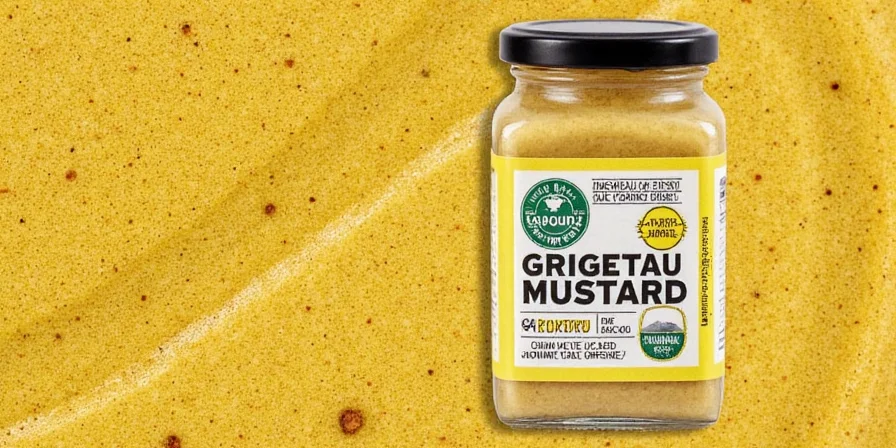
When to Use Each Type
Match mustard properties to your culinary objectives:
- Choose Stone Ground When:
- Creating texture contrast in charcuterie boards or pretzel dips
- Preparing slow-cooked stews where flavor should evolve gradually
- Seeking visual interest in grain salads or roasted vegetable toppings
- Choose Dijon When:
- Emulsifying vinaigrettes or mayonnaise requiring uniform consistency
- Marinating proteins for quick preparations (under 2 hours)
- Adding sharp accents to cream sauces without graininess
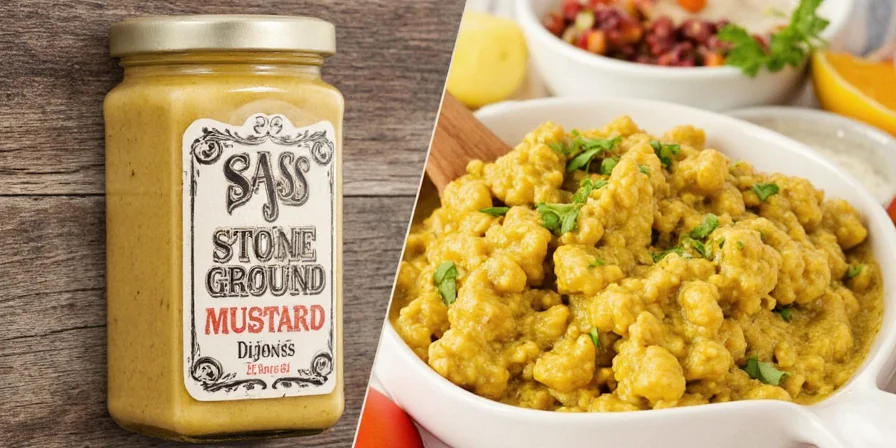
Substituting in a Pinch — Can You Swap Them?
Interchangeability depends on your recipe's structural requirements:
- Using Dijon instead of stone ground: Works in dressings or marinades but eliminates textural dimension. Add 1 tsp coarse-ground mustard seeds per tablespoon to mimic texture.
- Using stone ground instead of Dijon: Risky in emulsified sauces. Strain through cheesecloth first, or use only in recipes with visible particles (e.g., mustard crusted meats).
Critical note: Never substitute in béarnaise or hollandaise—Dijon's acidity destabilizes the emulsion when stone ground is specified.
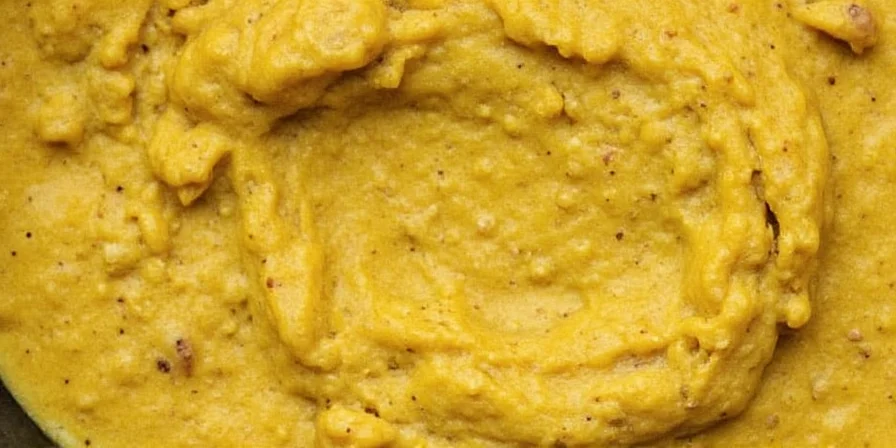
The Flavor Science You're Missing
Most guides overlook the enzymatic reactions driving flavor development. Mustard seeds contain myrosinase enzymes that activate upon contact with liquid, creating pungent isothiocyanates. Stone ground's partial crushing limits enzyme exposure, yielding slower, mellower heat that builds over hours. Dijon's complete pulverization maximizes enzyme contact for immediate sharpness that degrades faster when cooked. This explains why stone ground excels in slow-simmered dishes while Dijon shines in quick applications—the difference isn't just texture, but biochemical kinetics.
Pro Tips from Spice Lovers
Advanced techniques verified through repeated kitchen testing:
- Flavor Acceleration: Mix stone ground mustard with warm water (not vinegar) to jumpstart enzymatic reactions before use.
- Acid Balancing: Counter Dijon's sharpness in vinaigrettes with 10% honey mustard—not additional oil.
- Texture Preservation: Stir stone ground mustard into hot dishes during the last 5 minutes to prevent seed breakdown.
- Freezer Hack: Freeze Dijon in ice cube trays for portion-controlled sauce building blocks.
- Regional Pairing: Use Burgundy-region Dijon with red wine reductions; match stone ground to local terroir (e.g., applewood-smoked with Pacific Northwest cuisine).
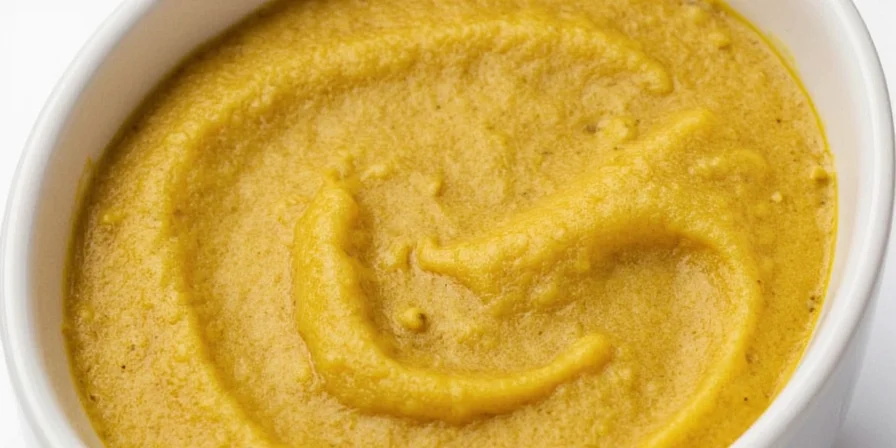
Frequently Asked Questions
Why does stone ground mustard taste earthier than Dijon?
The retained seed husks in stone ground mustard contain tannins and fiber that contribute earthy, bitter notes absent in Dijon's fully processed seeds. This creates a more complex flavor profile resembling whole grain mustards.
Can I make Dijon-style mustard at home without verjuice?
Yes—substitute dry white wine with 5% acidity level. Avoid vinegar as it creates overly sharp notes. The critical factor is pH balance: maintain between 3.6-4.0 for authentic Dijon flavor development during the 3-week aging process.
Does mustard expire after opening?
Refrigerated stone ground mustard lasts 18 months; Dijon lasts 24 months. Discard if separation becomes irreversible after shaking or if color darkens significantly. Never freeze—ice crystals destroy emulsion structure.
Why does Dijon mustard intensify when cooked but stone ground doesn't?
Dijon's complete seed breakdown releases volatile allyl isothiocyanate compounds that concentrate as liquid evaporates. Stone ground's intact seeds release these compounds gradually, preventing sudden pungency spikes during cooking.
Conclusion
Stone ground and Dijon mustards aren't interchangeable—they're specialized tools with distinct biochemical behaviors. Stone ground delivers evolving texture and flavor for rustic applications, while Dijon provides immediate, uniform sharpness for precise emulsions. Recognizing their structural differences transforms them from pantry staples into intentional culinary instruments. Next time you reach for mustard, consider not just the flavor profile but the physical and chemical mechanics at play—your dishes will gain new dimensions of sophistication.
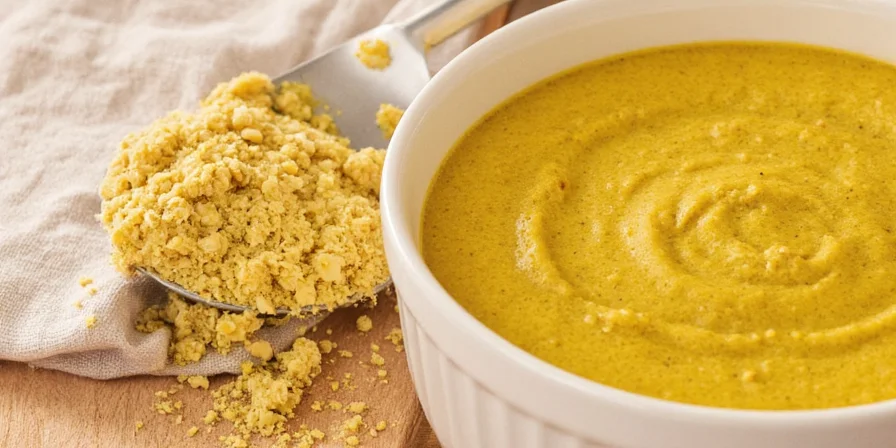

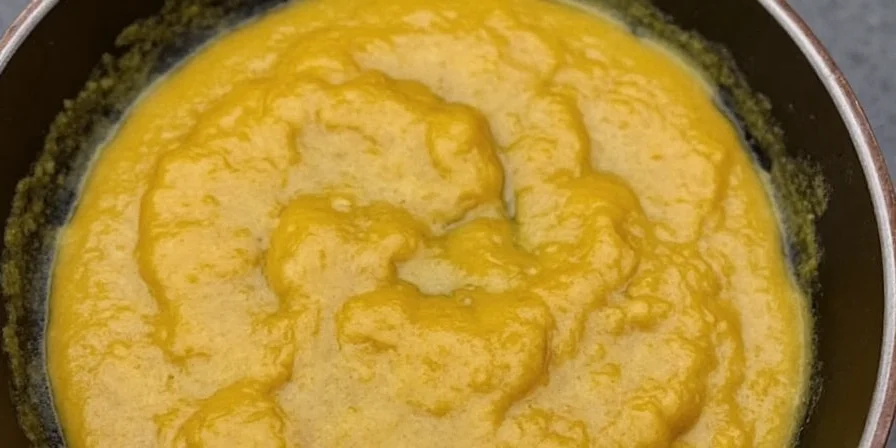









 浙公网安备
33010002000092号
浙公网安备
33010002000092号 浙B2-20120091-4
浙B2-20120091-4